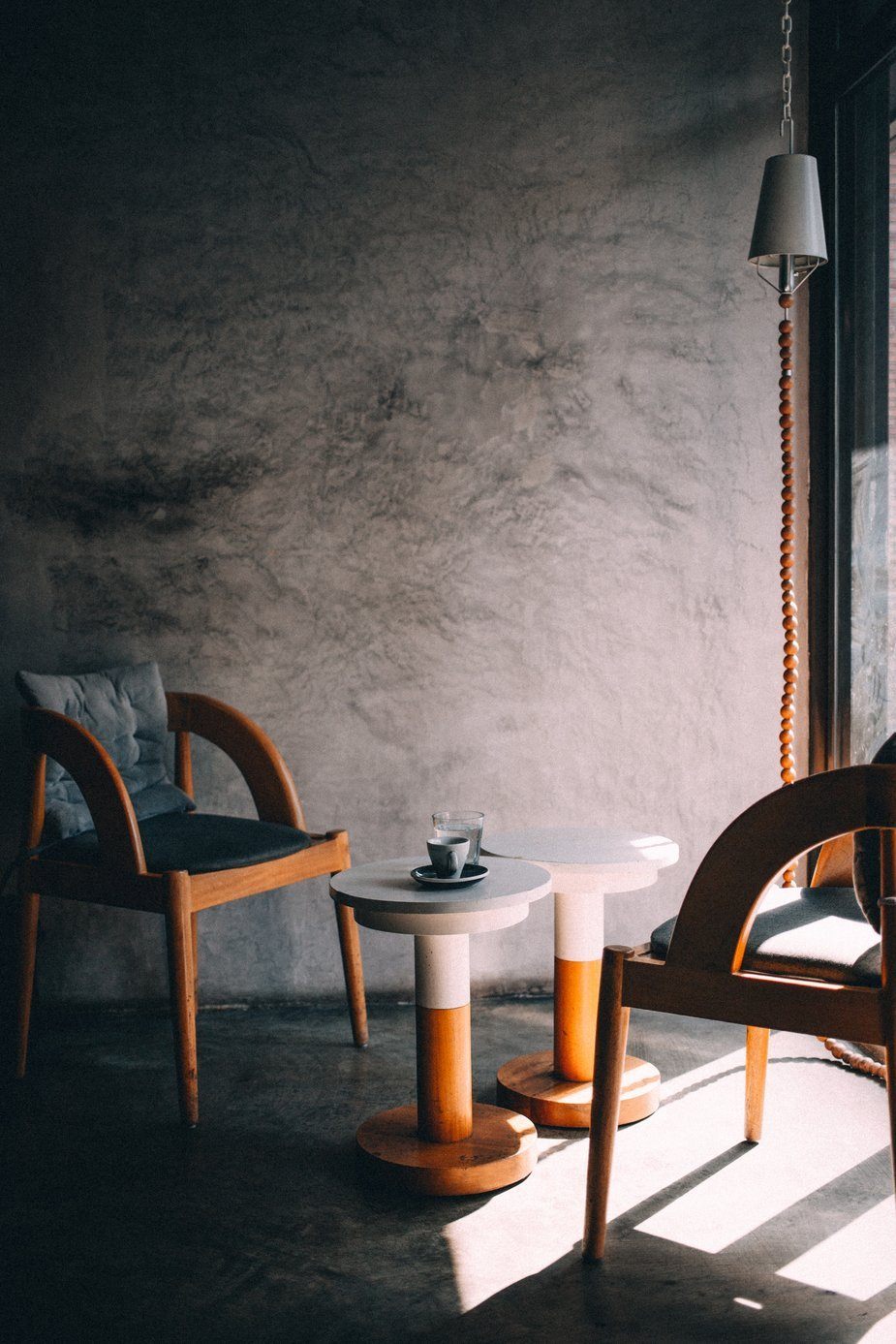
Historical Furniture Styles
None of us can imagine a life without furniture in our home and there is evidence of its use from as far back as the Neolithic period. Today furniture is functional and more streamlined, but in the past it was all about exclusivity, luxury and a mark of wealth.
From the Ancient world of Egypt to the time of Scandinavian Contemporary we have seen some exquisite styles. These may be considered out of fashion for some, but there are collectors across the world that search for and restore these prized pieces of history. These styles have also influence the furniture styles that we have in our homes today.
What we term as antique or historical styles today evolved through various stages and their craftsmanship was greatly influenced by the political and economic factors of that particular time. Ruling families had the money to fork out and the able craftsmen of the time were creatively inspired by the affluence around them.
Jacobean (1600 -1690)
Born during a time of significant change in furniture design, between the reigns of King James I and King James II, the earlier Jacobean pieces differed from the later periods. Toward the end of the period the pieces had more embellishments. The most popular wood used at the time was oak and pine. Notoriously uncomfortable, the furniture was characterized by straight lines, ornate carvings and a dark finish.
William and Mary (1690 -1735)
These were large pieces of furniture characterized by Dutch and Chinese influences, trumpet turned legs, Spanish ball feet and Oriental lacquer finishes. The furniture style of the William and Mary period was popular in England, the Netherlands and Scotland.
Queen Anne (1700 -1755)
Definitely smaller and more comfortable than the preceding periods, the style of Queen Anne furniture was born during the reign of William III in England. The furniture is characterized by cabriole legs, drake feet, cushioned seats, wing-back chairs, practical secretary desks and desk-bookcase.
Louis XVI (1760 – 1789)
Influenced by neoclassical design, these elegant pieces were a return to the influences of the Ancient Greek and Roman designs. King Louis XVI commissioned these pieces for his Queen, Marie Antoinette, a connoisseur of the arts. These ornate pieces were used to furnish their new apartments in the royal residences, including the Palace of Versailles.
Chippendale (1750- 1790)
Influenced by the styles of Queen Anne, Gothic, French and Chinese designs, the furniture was created by the London-based cabinet maker Arthur Chippendale. Chippendale furniture had elegant veneers, dainty legs and was often inlaid with brass and other metals. Other characteristics were cabriole legs, ball and claw feet and the broken top desk. Today, they fetch exorbitant prices at auctions and most pieces are made from mahogany, walnut and cherry wood.
Pennsylvania Dutch (1720 -1830)
This furniture style has nothing to do with the Dutch and is actually of German influence. This was colonial furniture made by people who had settled in far-off America and lived in rural and remote communities and had to make use of what was available to them. Pennsylvania Dutch was characterized by straight lines, tapered legs and was often painted with colorful scenes depicting their daily life. The oversized sawbuck table and hope chest are two of the furniture items that every home had.
Hepplewhite (1765 -1800)
Together with Sheraton and Chippendale, George Hepplewhite is considered to be one of the “big three” in English furniture design. His designs continued to be used for many decades and some of these include the shield-shaped chair back, shorter more curved arms, straight legs and no carvings, designs that were very popular in the United States at the time.
Sheraton (1780 -1820):
Even though few of Sheraton’s original pieces survive today, his designs and ideas influenced many generations of furniture makers, especially across the Atlantic in America. The furniture has contrasting veneers and inlays with more than one type of wood. A neoclassic style of furniture, his designs was characterized by severe simplicity and straight lines in the later years of his life.
Federal (1780 -1820)
The Federal period refers to the American furniture and the designers at the time. The designers, including Phyfe and Lannuier were influenced by Sheraton, Hepplewhite and included Georgian influences too. The pieces have sharp geometric forms, straight legs, contrasting veneers and geometric inlays and some have pictorial motifs like eagles.
American Empire (1800 -1840)
The American Empire style of furniture was inspired by the French furniture style and was known for its classical ornamentation, course carvings and dark finish. These Neoclassical pieces have prominent Greek and Roman motifs, have visual weight and ornamentation.
Victorian (1880 – 1910)
This furniture style was named after Queen Victoria and because these pieces were created during the Industrial Revolution, it was the first style of furniture to be manufactured. The furniture of the Victorian period is characterized by its heavy proportions, dark finish and elaborate ornamentation. The romantic influences in Victorian furniture give them their curvaceous style which drew heavily from the Rococo, Gothic and Louis XVI periods. Coiled springs were an invention at that time and upholstery had to become stronger because of the coils uses beneath the seat. Oak, mahogany, walnut and rosewood were popular woods, but the use of iron and marble were also introduced.
Arts and Craft (1880 -1910)
The pieces from this period have very straight lines and became an international trend that was borne out of the desire to reform design. The style was influenced by the ideas of people like William Morris, and artist and writer, who wanted to recapture the workmanship found in the medieval guilds.
Scandinavian Contemporary (1930-1950)
Originating from the countries in the north of Europe, Scandinavian Contemporary is characterized by functionality, minimalism and simplicity. The utilitarian designs in these pieces were crafted with natural wood and the design was very popular in the mid 20th century and became very popular in the Americas. The Scandinavians leaned toward the practical and functional, differing from the rest of Europe that tended toward the plush and ornate.
These were the most prominent furniture styles that influenced the furniture styles that we use to decorate our homes with today.


























